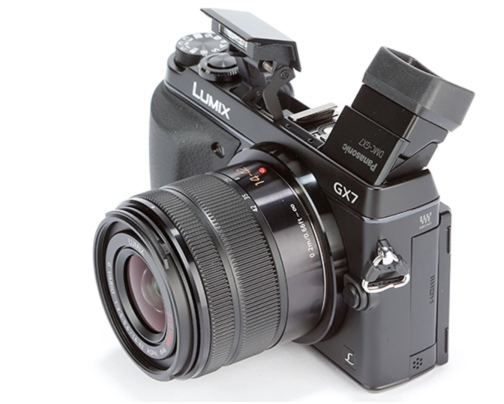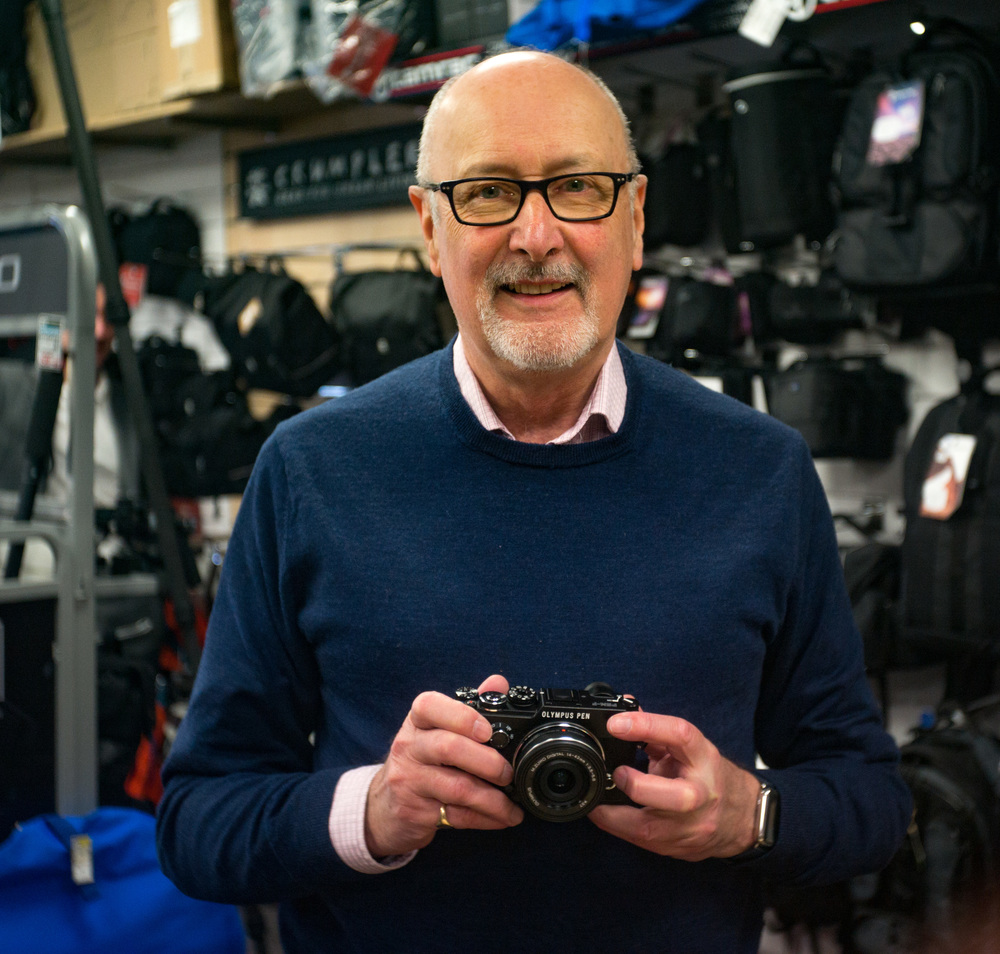
Having dallied in the past with Micro Four Thirds, then moving on to full-frame and APS-C, I tend to isolate myself from the charms of the latest MFT cameras. Occasionally, though, I get smitten by new models such as the Panasonic GX7 with its swivelling built-in viewfinder. I resisted that one. Or the range of Olympus OM-Ds offering a pint of performance in a quart pot. Also resisted.

None, though, has looked as alluring as the new Olympus PEN-F with its retro image and compact dimensions. As with all MFT cameras, it has a stunning arsenal of small Olympus and third-party lenses to choose from, including a number of first-class primes. It attracts in many ways, not least in the fact that it harks back to the first PEN-F which was introduced 54 years ago in 1963. Just think, this is a camera with almost as much heritage as the Leica M series.
Street photography
Another attraction is that this camera seems to be aimed specifically at street photographers, with a full range of manual controls, discretion on tap and a low-image profile. At 407g and a correspondingly light-weight lens line up, this is going to be a camera to be reckoned with. But, before we get too carried away, it has a body that is only 78g lighter than the new Fuji X-Pro2, which has the much bigger APS-C sensor, and 57g heavier that the Pro2’s X-E2 stablemate.
Of course, body weight is only part of the equation since MFT lenses, feature for feature, are going to be lighter and smaller than the Fujinon range. And this is the first PEN camera to include a built-in viewfinder. For me that is absolutely essential. Remind me of this if I ever tell you I’ve bought a camera with one of those bolt-on hotshoe finders (except for optical finders for which I make an honourable and retro-lovers’ exception).

I was drawn to the new Olympus at last week’s photography show. I spied a particularly nice silver camera with matching silver lens and hood approaching across the Olympus stand. The owner made a beeline for me and the Leica Q I had in my hand: “I was on the point of buying one of those,” he said, nodding dismissively towards the Leica. “But it takes for ever to write to disk so I bought this.”

How strange, I thought, if the sole criterion in choosing a camera is the length of time it takes to write to disk. If that’s the case, there’s no point in reviewing cameras. This guy was comparing his Olympus with a camera that has a fixed lens, a full-frame sensor and a price tag roughly three times as high. I didn’t raise to the bait and good luck to him in his choice. The PEN-F did look rather super in its silver suit.
Disk time
By rights these cameras shouldn’t be on the same buying list and, no doubt, they weren’t. But back to disk writing. I wasn’t aware that the Q is all that slow and I’ve been using mine very frequently over the past eight months. But then I am used to full-frame cameras with big files. A combination of DNG and JPG on the Q tallies up to around 50MB and that’s a lot of disk time. Even ignoring everything else, pure physics tells us that it should take longer to write 50MB than it does to write a file from a sensor that is a quarter the size.

If you are thinking of trying Micro Four Thirds, the new PEN-F is one of the most attractive little cameras that I’ve seen in recent years. Although I don’t need one, certainly not, I can say that this is a camera I would like to own. It is a camera I would love to test (Dearest Olympus…). If the Olympus PEN-F owner had told me that he had chosen it over the Leica Q because of its compact size, its range of pro-quality lenses, its greater depth of field at a given aperture, its cuteness—almost anything else—then I would have respected his views more.
For an in-depth review of the new PEN-F I suggest reading Robin Wong’s article which contains some stunning photographs. Although Robin is an employee of Olympus Malaysia, the review is extremely informative and well put together.

Cost is huge. I’d love a Leica, my mortgage speaks otherwise. The pen-f has been a fun, if not quirky camera for me. Direct control is better on Fuji cameras, but jpeg rendering is on par, if not better because the control dial (I made some phenomenal high contrast images straight from camera just goofing around). Wifi is nice, but I wish there was a way to use bluetooth. The wifi interface is clunky. I’m invested in Olympus MFT (lots of lenses and batteries), so I’ll stick around. It’s a fun camera, and I’m happy. Happy trumps lots of things.
You are absolutely right, Chris, happiness trumps everything. I can totally understand your liking for the Pen-F and your satisfaction with turn MFT system. The range of lenses is huge and satisfying and many of the cameras are very attractive. I have often been tempted to buy one of the OM-DS, for instance but what stops me is the fact that I have Leica and Fuji glass. However, I don’t rule out experimenting with the Pen-F and I am working on Olympus for a press loaner. It will be an interesting camera to test.
I agree with your contention regarding disk write time as an arbiter of usefulness Mike…
The output from my Leica M2, takes around 2 hours to develop (including drying the negatives), then it takes another couple of hours to scan them into the computer…
But the quality is right up there with the best…
All that is needed is someone with a bit of creative skill to operate the shutter…
Which is the point ultimately… I suppose.
Absolutely. We spend so much time worrying about specifications that we forget it is the taking of pictures that are important. In fact, if the guy who was worried about write times used his camera more sparingly, perhaps like a film camera, he wouldn’t have to worry.